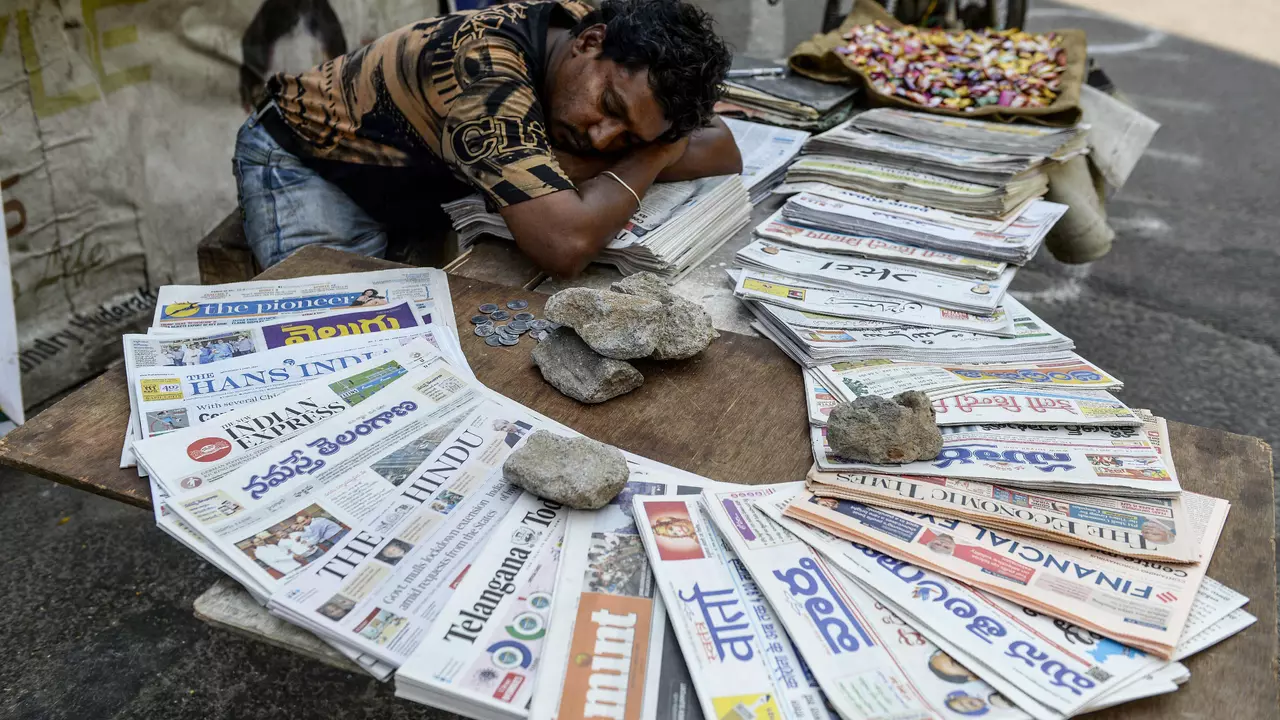Media Criticism: What’s Wrong with Indian News Channels?
Ever felt that news on TV is more drama than information? You’re not alone. Many viewers notice that Indian news channels cram louder debates, flashing graphics, and endless talk shows into a slot that should deliver facts. This trend isn’t just a minor annoyance – it reshapes how we understand politics, sports, and everyday events.
Sensationalism Over Substance
When a headline screams “BREAKING!” but the story barely scratches the surface, it’s a sign of sensationalism. Channels chase the next viral moment, often by exaggerating a minor incident or replaying heated arguments. The result? Viewers get a roller‑coaster of emotions instead of clear, concise updates. Instead of digging deeper, anchors ask provocative questions that spark fights between guests, hoping the clash will boost the rating meter.
Bias and the TRP Race
Another big issue is bias. Whether it’s favoring a political party or pushing a particular ideology, many channels tilt the narrative. The race for Television Rating Points (TRPs) makes this worse – higher ratings mean more ad money, so any story that grabs attention, even if it’s skewed, gets priority. This creates a feedback loop: biased coverage draws viewers, more viewers boost TRPs, and the channel doubles down on the same angle.
What does this mean for you? When the news is filtered through a bias lens, you miss out on balanced perspectives. Critical decisions – like voting or supporting a cause – become harder because you’re only seeing part of the picture. It’s like trying to solve a puzzle with half the pieces missing.
So, how can you cut through the noise? Start by checking multiple sources, especially those with a reputation for factual reporting. Look for news outlets that present data, quote experts, and avoid endless shouting matches. If a story feels overly dramatic, pause and verify it elsewhere before accepting it as truth.
Finally, hold channels accountable. Social media gives you a megaphone to call out biased or sensational reporting. When enough viewers voice concerns, networks may feel pressure to tone down the drama and focus on quality journalism. Remember, a healthy media ecosystem depends on an informed audience that demands integrity.
In short, Indian news channels often trade depth for drama, let bias slip into their narratives, and chase TRPs at the cost of credibility. By staying alert, cross‑checking facts, and speaking up, you can help steer the conversation back to real news that matters.

What is wrong with Indian news channels?
Indian news channels often face criticism for their sensationalized reporting, focusing more on drama and less on actual facts. Many viewers express frustration over the lack of depth in reporting and the over-emphasis on debates rather than news. There's also a concern about the bias in the media, with channels often accused of favoring one political party over another. Furthermore, the race for TRP ratings often results in compromising journalistic ethics. It's high time that Indian news channels prioritize responsible journalism over sensationalism.
Read More